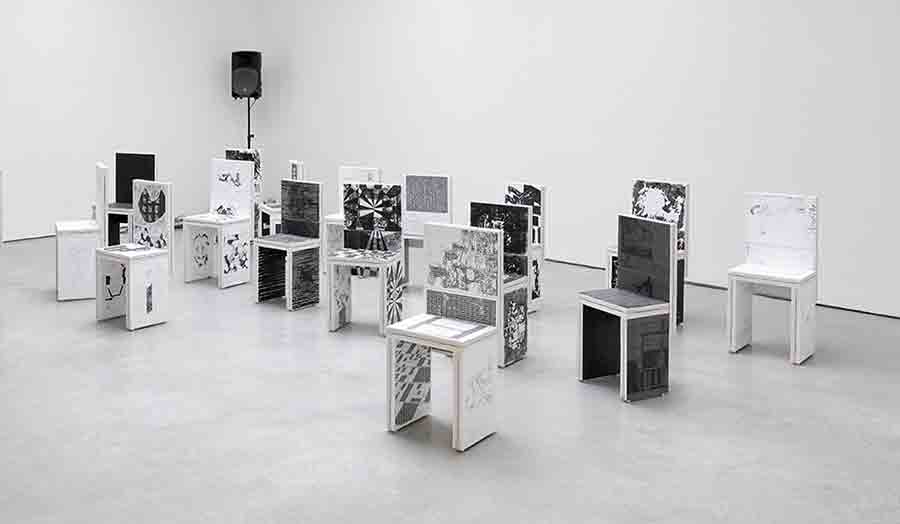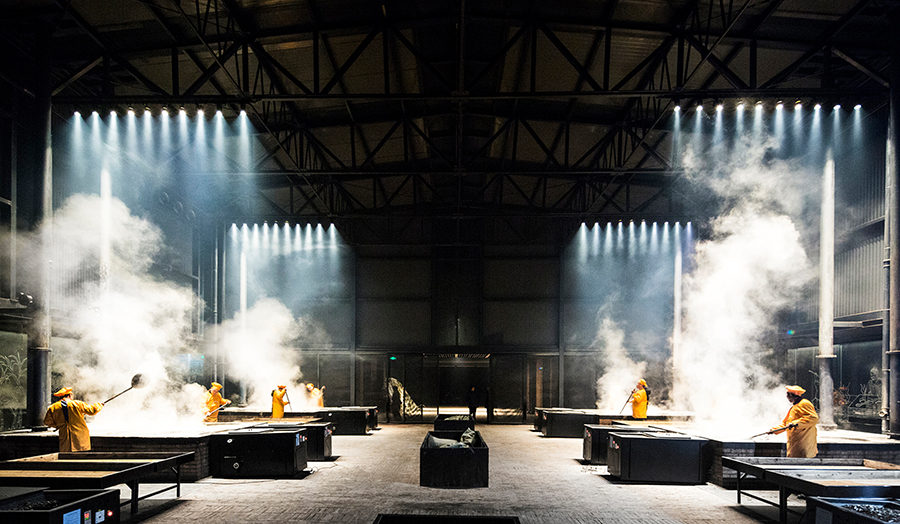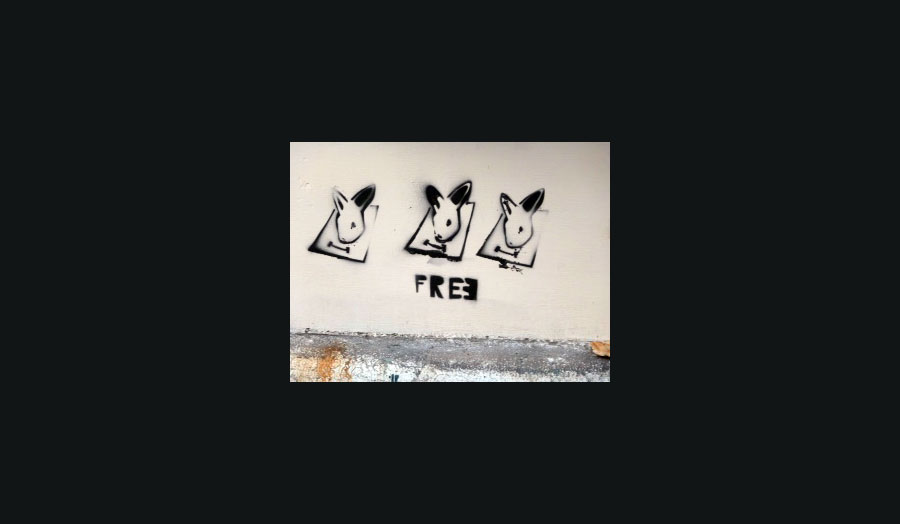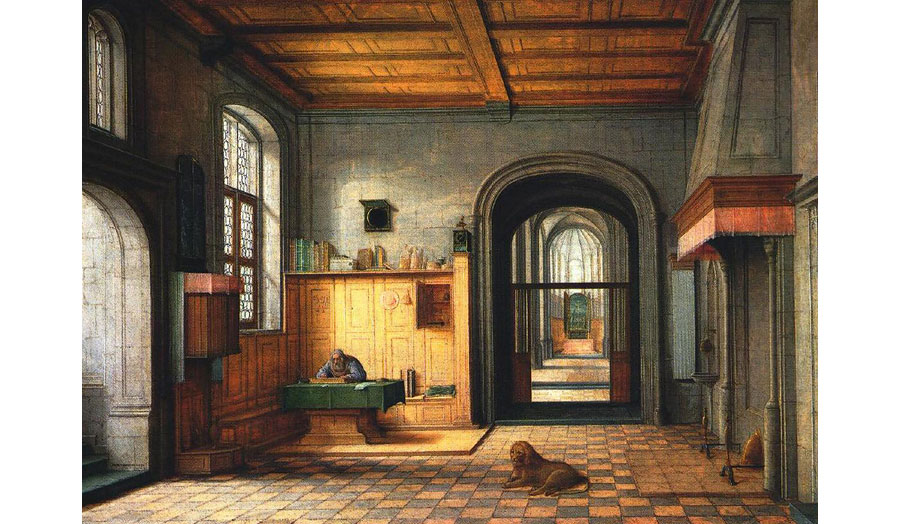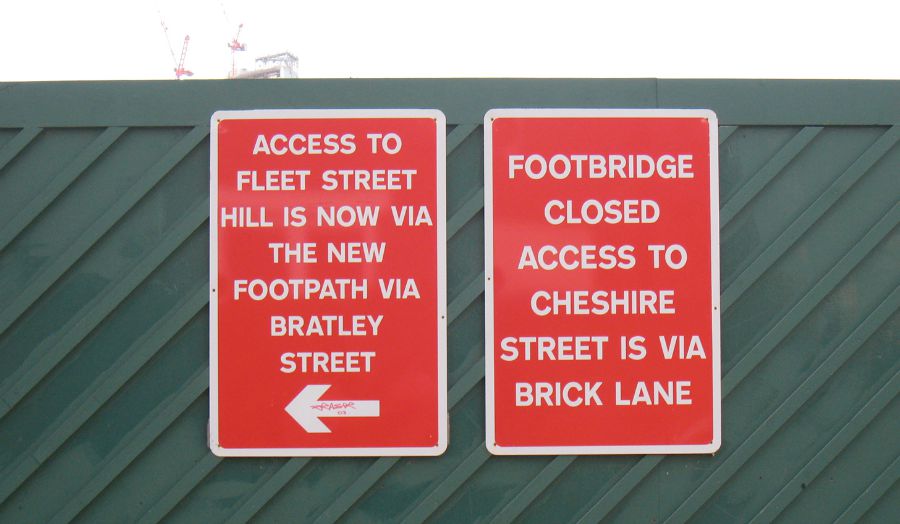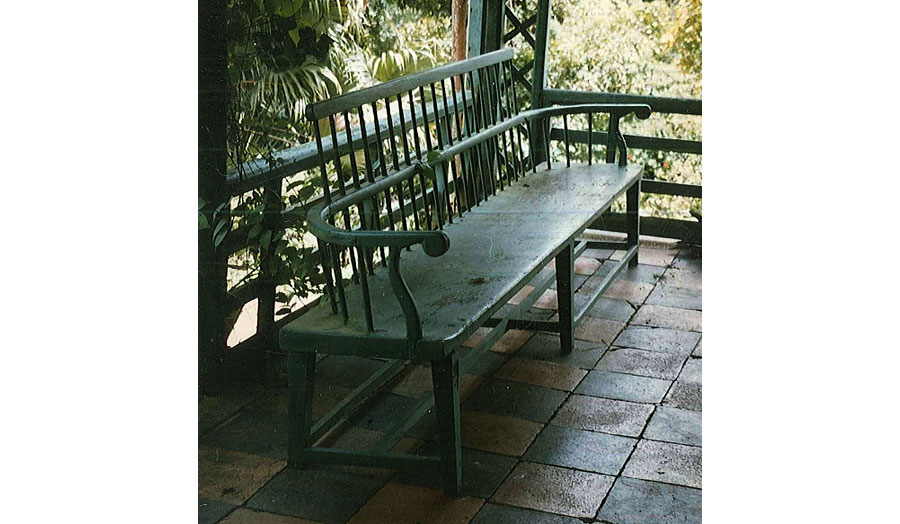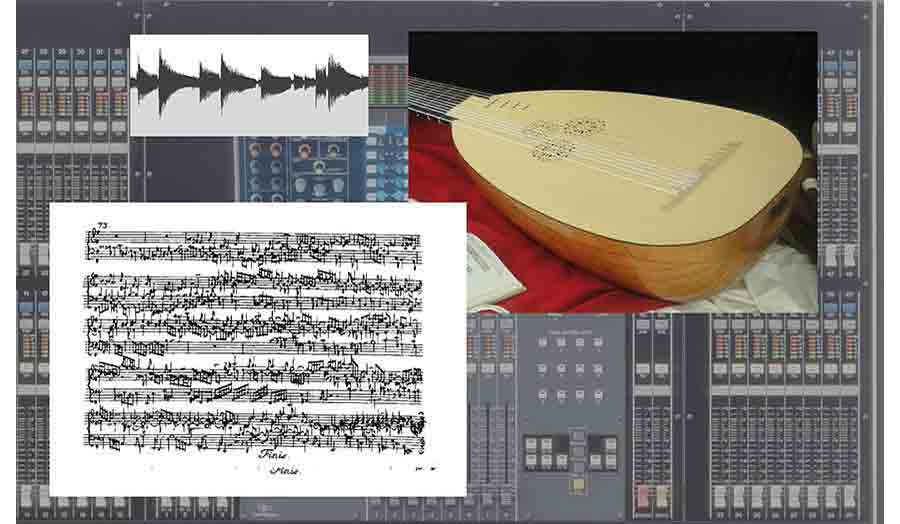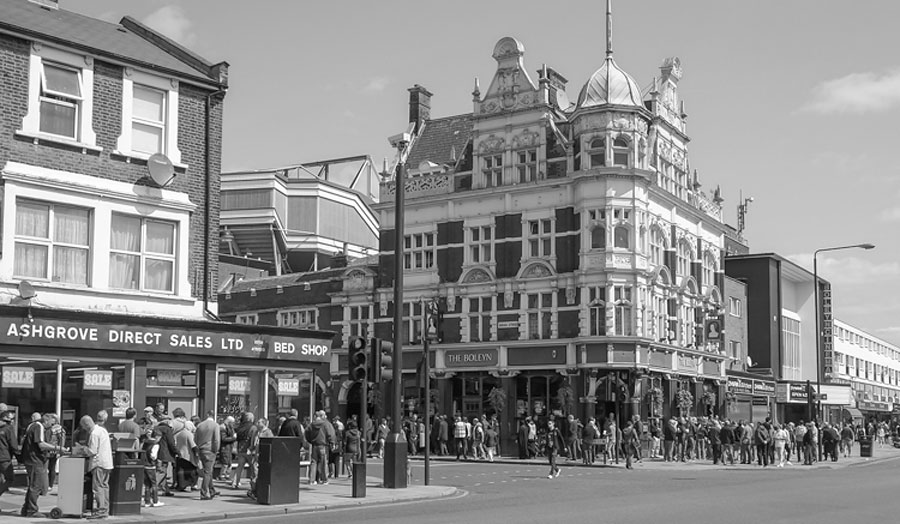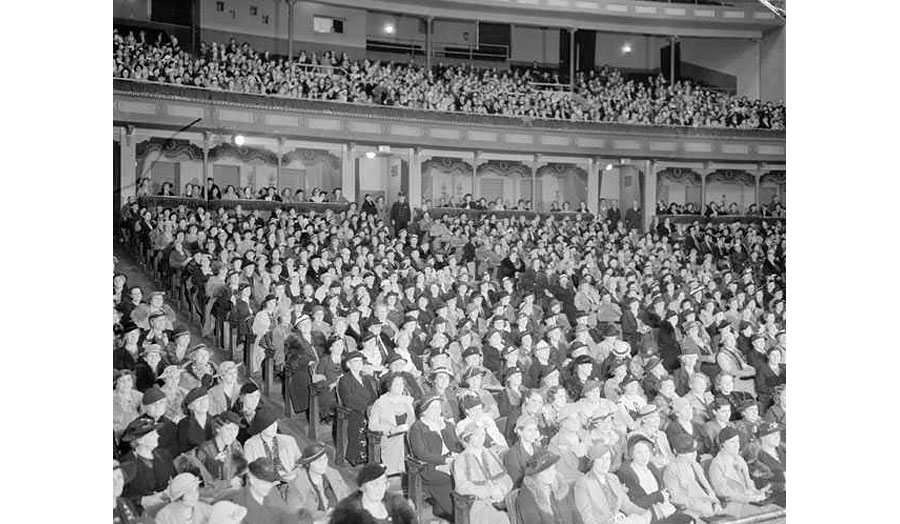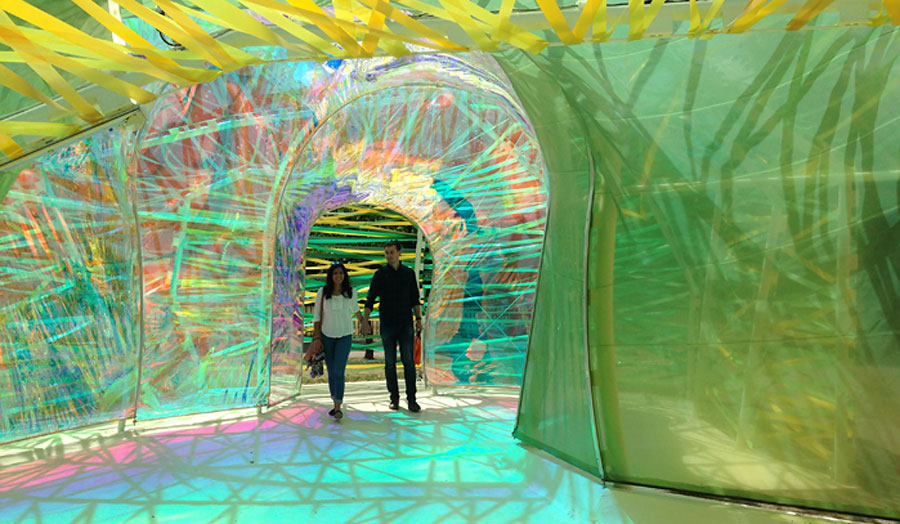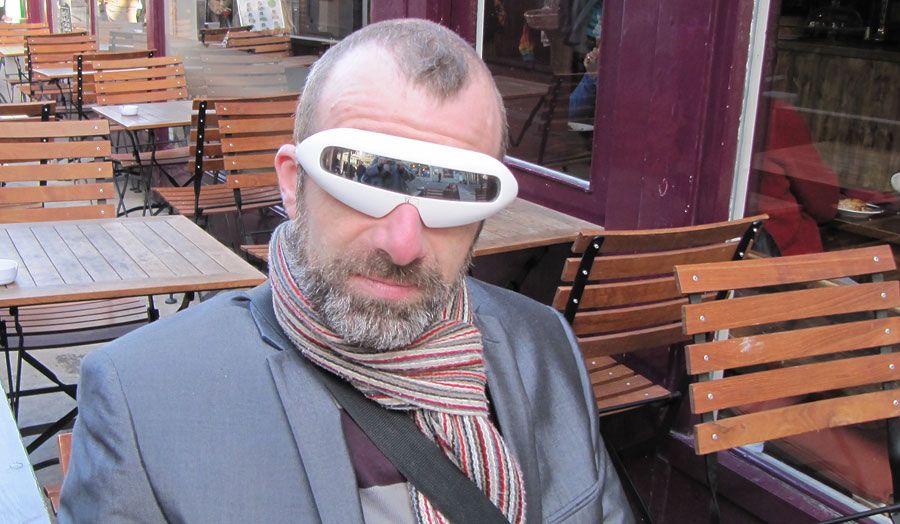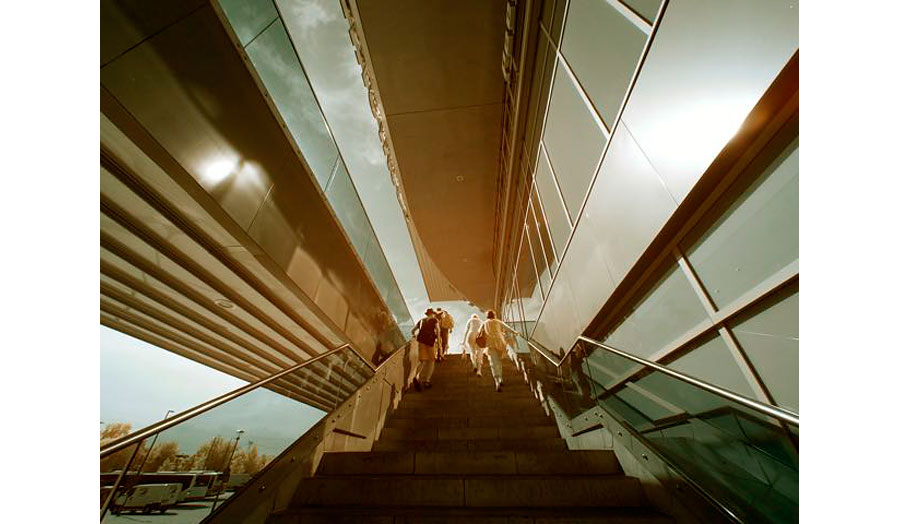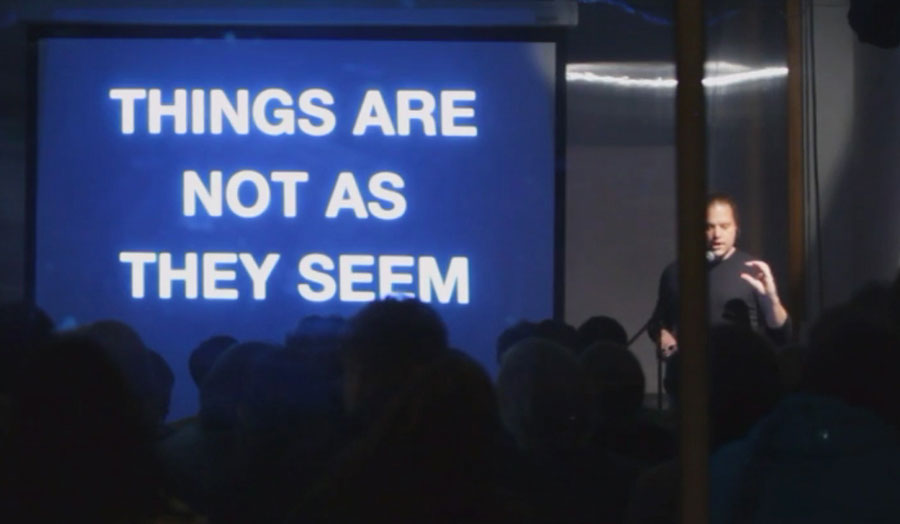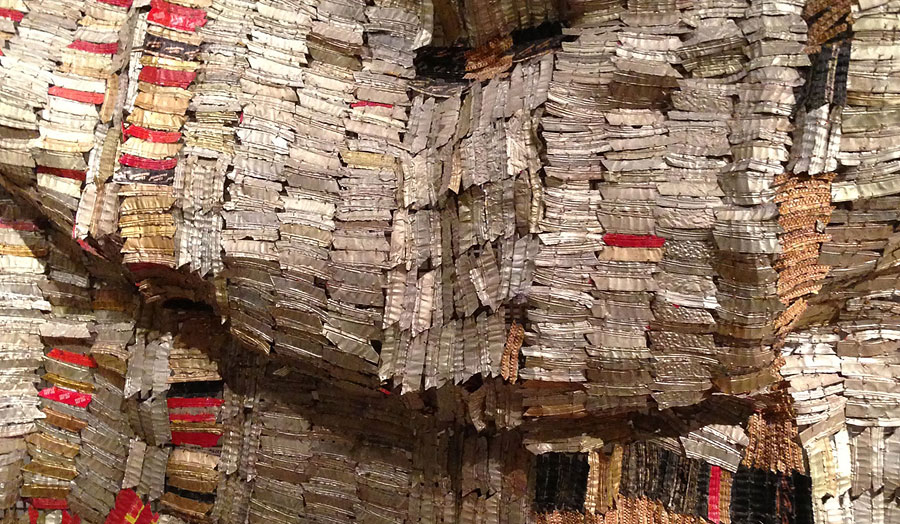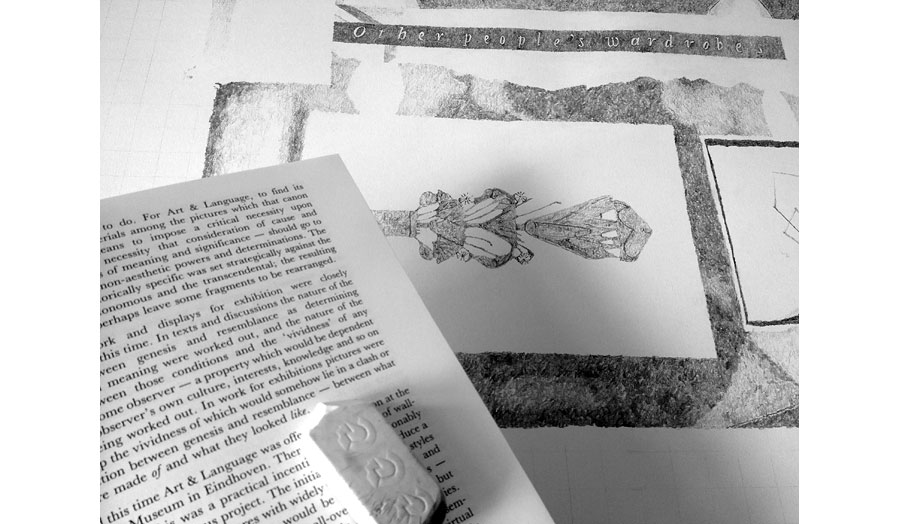Studio brief
The studio delves into the world of London’s diverse manufacturers. We will visit and investigate makers and manufacturers, enjoying its breadth and the depth. This year, the students unearthed the stories of how we get the millions of sandwiches we eat each day, how the East End furniture industry flourished and then fell. They discovered why Colin Chapman started making his Lotus 7 cars in Hornsey and how a factory making the same car has ended up in Slade Green. We know a bit more about Percy Bilton, who helped popularise and build industrial estates across London, and how Fairey Aviation influenced the shape of Hayes and built an airport at Heathrow. The week after our tour of the Archway Sheet Metal factory in Tottenham, it suffered an arson attack. The battle for survival of several thousand businesses, in an inadvertently ruthless city that is hungry for space, gives it all immediacy. Now we are all more certain that a good city includes industry, and that London needs to shape its future with care.
Manufacturing is all around us, is a vibrant and joyful part of our cities, works at many scales, and is integral to daily life. We welcome students from every discipline at The Cass - the more diverse the better - since there are over 2,000 manufacturers in London, making everything it is possible to imagine (and a few things it isn’t). We expect students to get their noses out of books and avoid the library, and find out original things about this intriguing landscape of ordinariness.
Mark Brearley is head of Cities and Jane Clossick has written a PhD thesis about London high streets. We both love London. It’s amazing, and we want to help you write a great dissertation about a really important (but undervalued) part of it.
Summer tasks to get the juices flowing:
- Go to an industrial estate and walk around it. What and who can you see? What are they doing? What do the signs say? Take some photographs of strange or interesting things that you spot.
- Find someone who makes something in London that you need or like and visit them (or do one of the many available organised tours), try out their product, find out why they are situated where they are, find out what raw materials they use and where they come from, find out where the products are sold. Note down the information so you don't forget it.
- Go to a shop which sells things that you like and look at all the products. Find out where they come from, where they are made, what they are made from. Talk to the shopkeeper about how they source their stock and why they make the choices that they do. Note down the information so you don't forget it.
Outline the first seven weeks of study
Initially, there will be six visits to makers in London, and a lecture about important making is to London as a city. The visits will look something like this, and each one will take around three hours.
- Brewery (introduction to the course from Jane)
- Metal bashers and benders (sculptures to cars)
- The life of a sandwich
- Pocket-sized things (jewellery, 3D printing, key cutting, electronics)
- Industrial estates
- Kaymet tray factory (with Mark, the owner)
- Lecture from Mark
You must write a dissertation which has something to do with one of these visits (you can change studios after two weeks if you don’t feel it’s for you, but we don’t have the expertise to tutor you through other topics). If you really want to write about something else, the topic must be about some aspect of making in London.
Reading list
In this studio, we don’t read books unless we really, really have to. Instead, use the internet to find out about where and how things are made in London, go on a guided tour of a factory, walk around places you’ve never been before and try and spot where things are being made. Practice talking to people and asking questions, come prepared with an open mind and open eyes. Think through how best to get your message across.
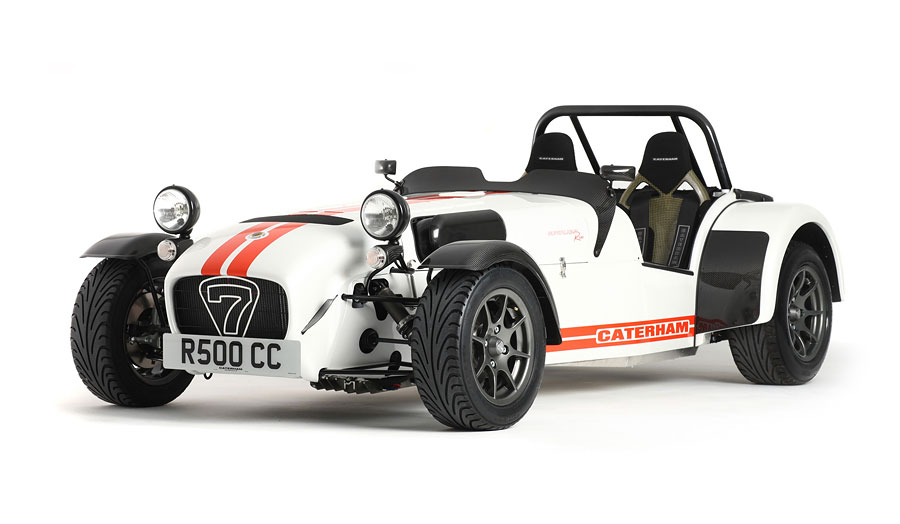
Details
| Tutor | Jane Clossick Mark Brearley |
|---|

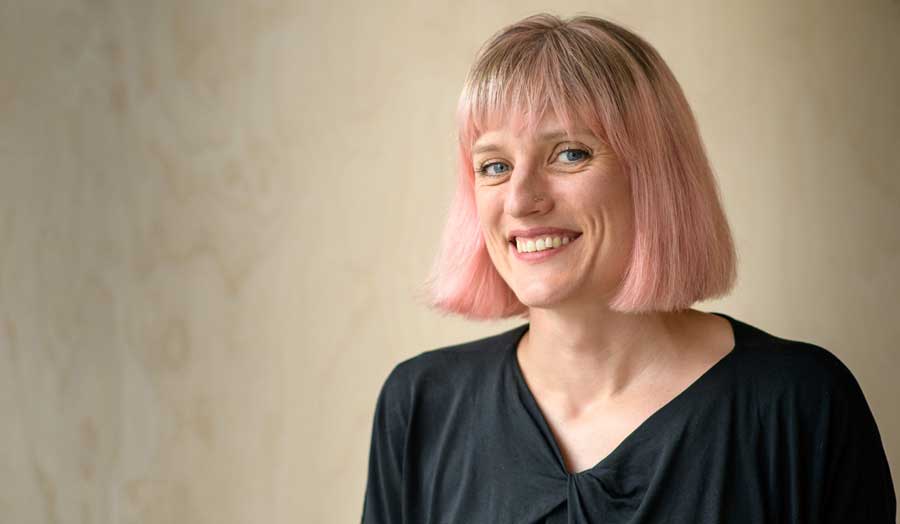
.jpg)
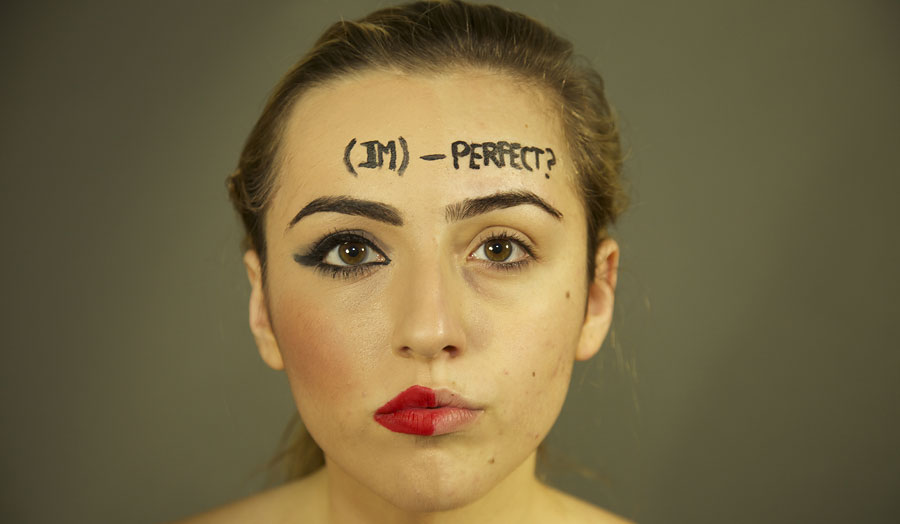
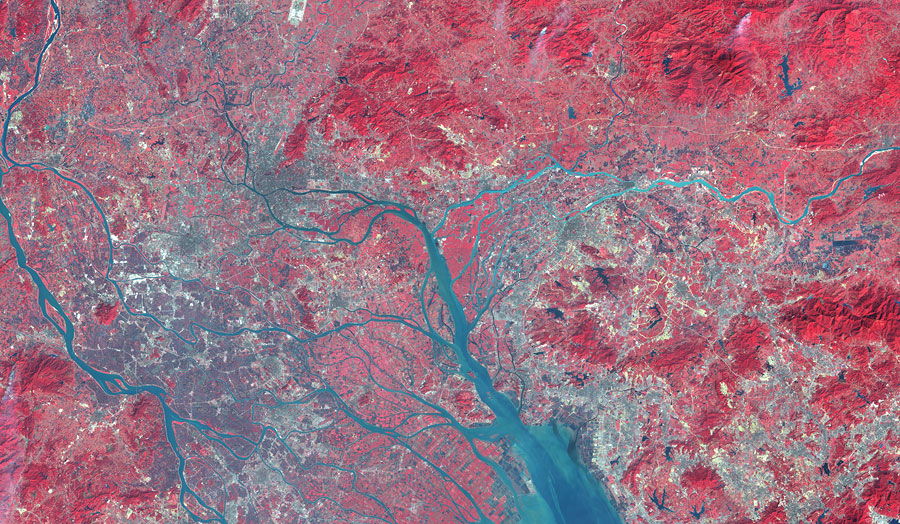
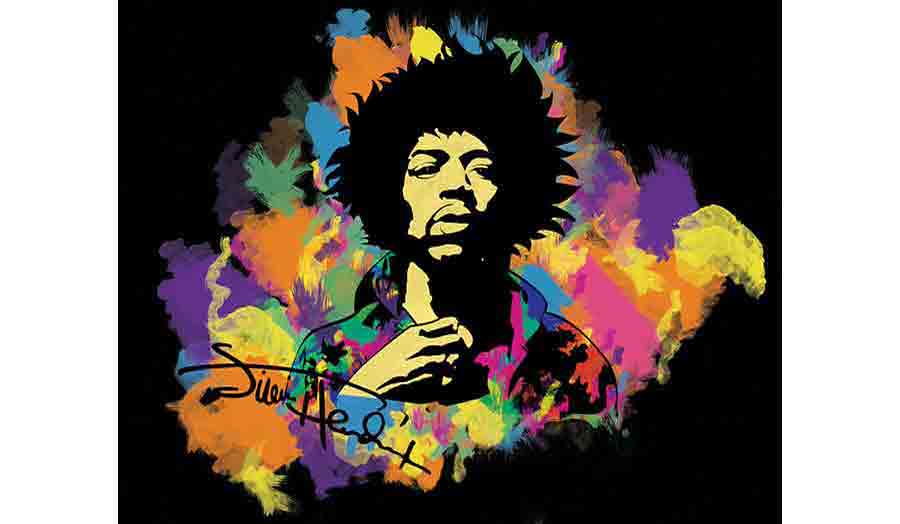
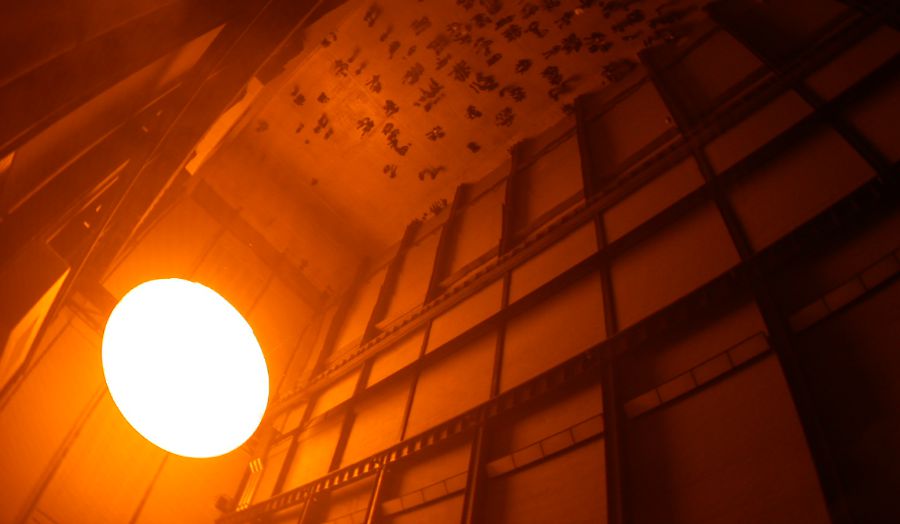
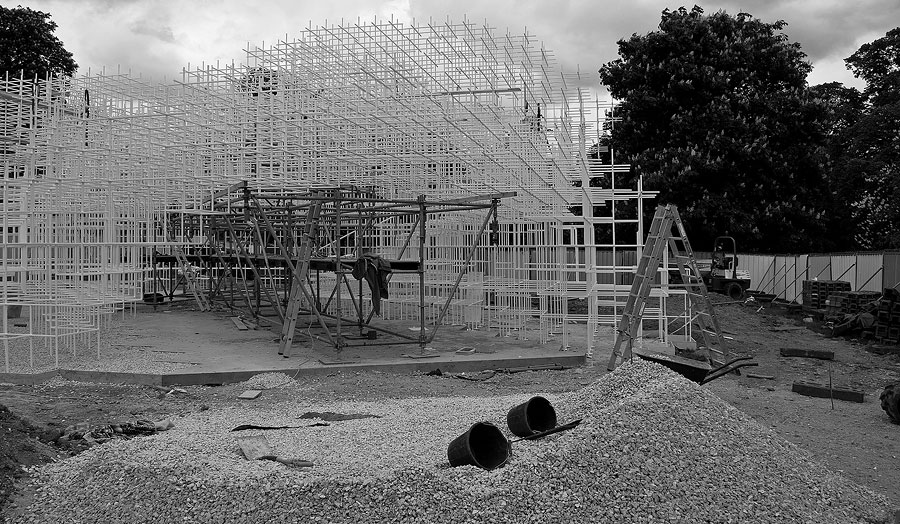
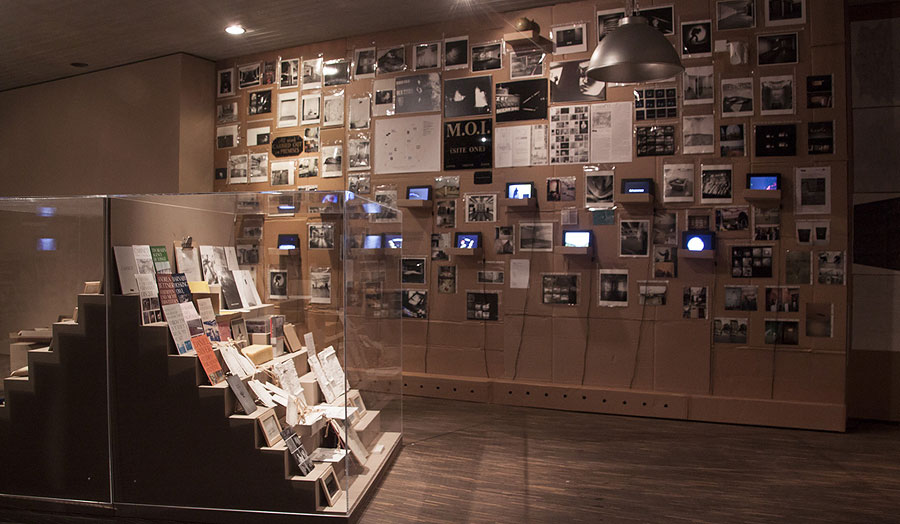
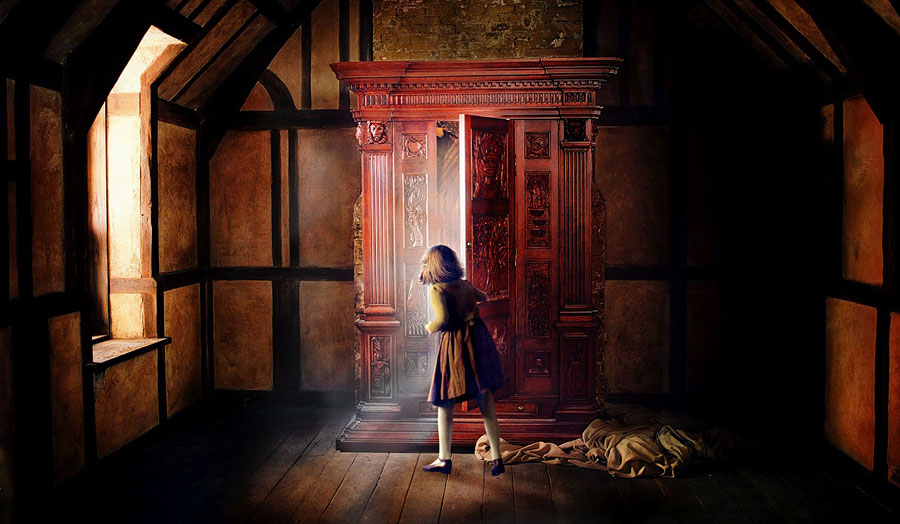

-(1).jpg)
